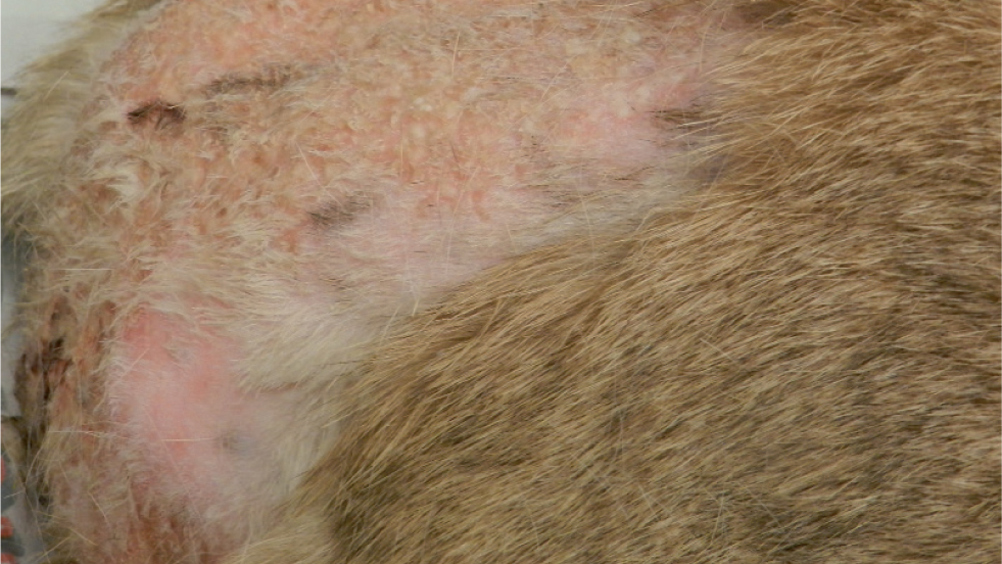References
Dermatological diseases of small mammals

Abstract
This article covers the investigation of skin disease in small mammals. Just as in other cases, different dermatopathies may appear very similar so intricate (and invasive) investigations may be needed to obtain a definitive diagnosis. However, financial constraints are very common in these species, meaning that full investigation is simply not possible. As such, reliance on more basic veterinary techniques, presumptive diagnoses, and trial therapies may be needed in these cases. This article looks at what may be obtained from history and clinical examination, rather than laboratory tests, to enable greater accuracy in these presumptive diagnoses, as well as better assessment of underlying factors – both of which will give better results from trial therapies.
Small mammalian pets frequently present with dermatological conditions. Just as in dogs and cats, these can be complex conditions with primary, secondary and perpetuating factors. Where there is pruritus or severe underlying systemic disease, there may also be welfare issues for the animal. With some parasitic diseases and dermatophytosis, there may also be zoonotic implications for the owners, especially as small mammals are often handled by relatively immunenaive children.
Therefore, there is a need to perform a thorough investigation in all these cases, as would be the norm in canine and feline medicine. Unfortunately, such investigations may often not be possible in these species. First, their small size and increased anaesthetic mortality risk can make procedures, such as skin biopsy, much higher risk, and there are often cost limitations on these investigations. This does not mean that clinical investigations should not be offered, but there is commonly at least a degree of restriction on what can be done. At this point, communicating with owners is very important in terms of managing their expectations. Restriction on investigation hampers diagnostic capability and therefore lessens the chances of successful management or cure. However, finances may simply not be available (and most of the patients are uninsured), so it is rarely helpful to induce feelings of guilt in an owner.
Register now to continue reading
Thank you for visiting UK-VET Companion Animal and reading some of our peer-reviewed content for veterinary professionals. To continue reading this article, please register today.

